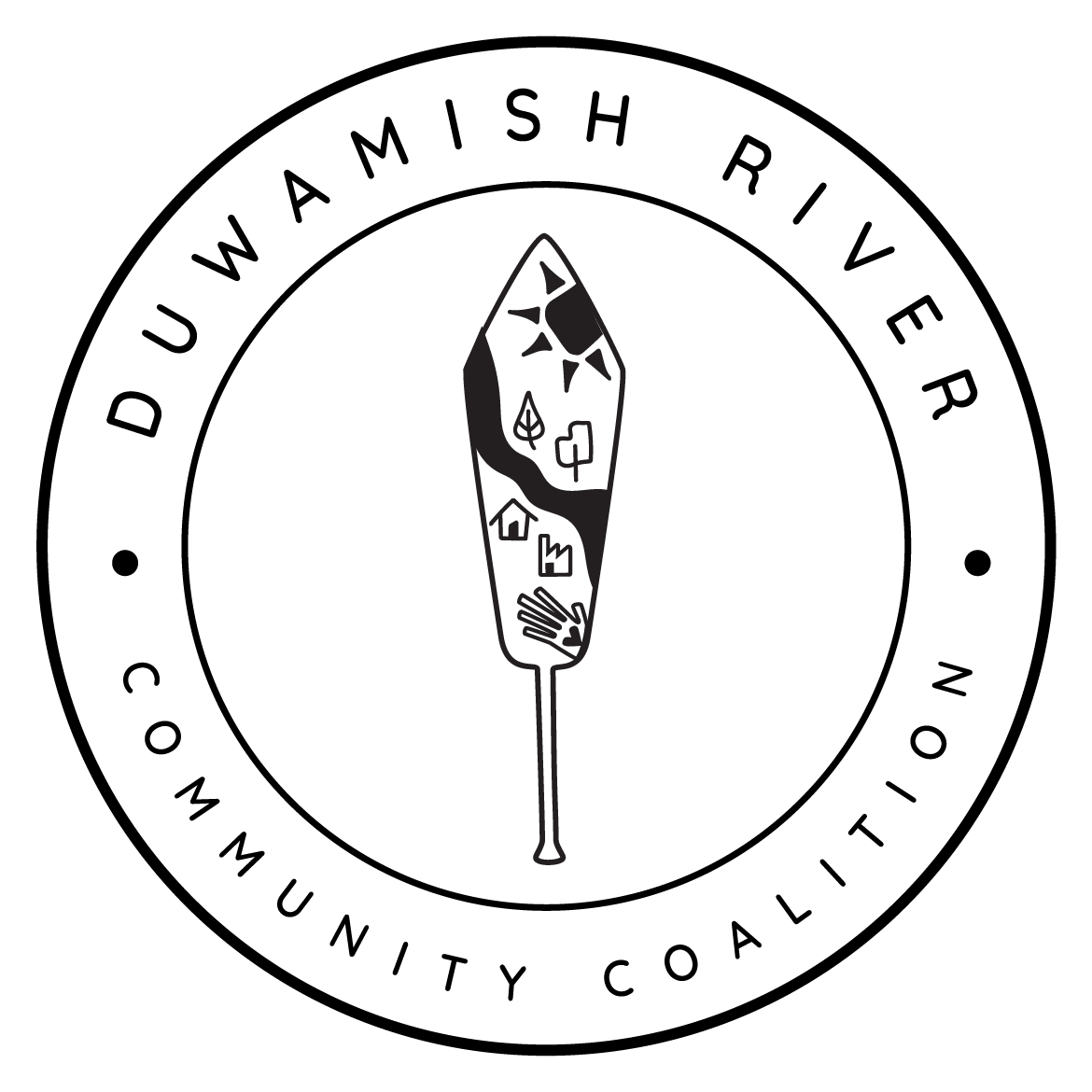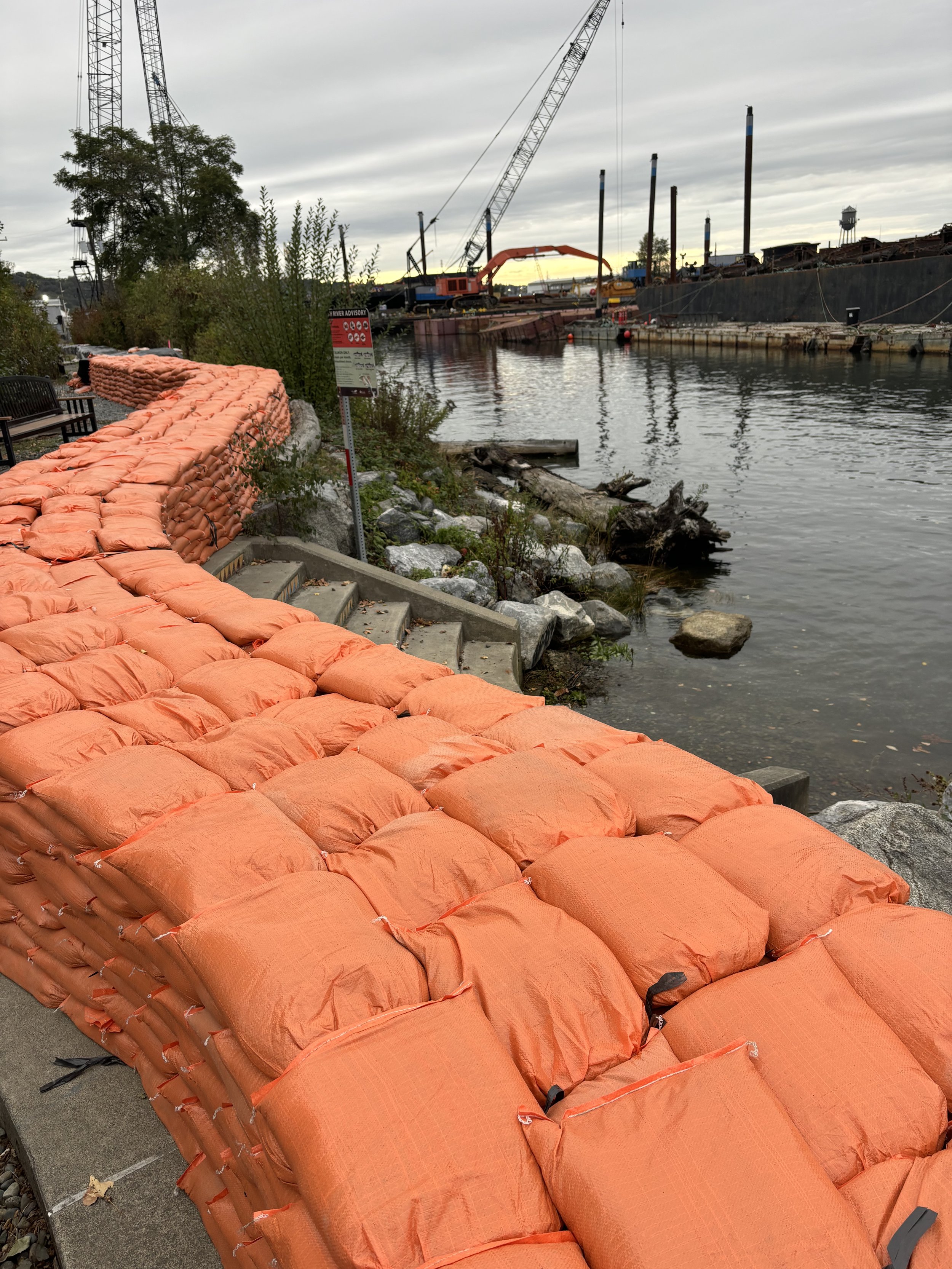Environmental Law & Climate Policy Program
The Environmental Law & Climate Policy (ELCP) Team was created to bring together and align many of our program areas like Clean Air, Superfund, climate and environmental justice, and the DAISY Project. The goal of ELCP is to elevate community concerns related to environmental and climate justice and realize meaningful institutional change through policy and laws at the local, state, and federal levels of government.
Learn more about each of our programs
Meet the ELCP team!
(from left to right) Mia, our Clean Air Program Manager and Climate Policy Analyst; Jamie, our Superfund Manager and Policy Director; and Joseph, our DAISY Program and Health Equity Manager!




























